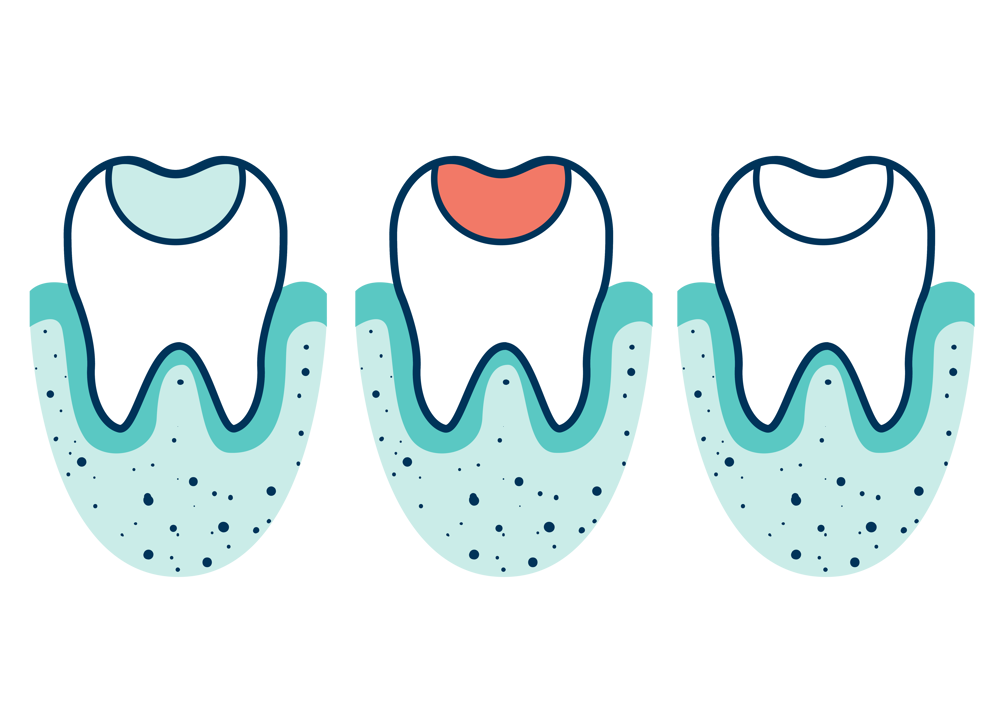What are tooth fillings?
Tooth fillings help to restore your damaged teeth to their normal shape and function.
Depending on the damage to your tooth, dentists use several types of fillings. This is usually based on the material that your dentist uses to fill the cavity left by the decay. Some of the more common filling types include composite, amalgam and gold fillings. In many cases you’ll be able to choose which filling type you prefer.
Common signs you may need a filling include:
-
Pressure felt within the tooth
-
Sensitivity to sugary foods
-
Toothache or pain, in or near the tooth
-
Dental floss that keeps tearing in a certain spot in your mouth
-
A hole in the tooth that you can visibly see or feel when you touch it
It’s important that you see a dentist regularly for routine check-ups because not all decay and problems that might need a filling have symptoms or pain. Most symptoms start silently in the early stages and if found early usually mean a simple, cost effective and less invasive treatment is all that’s needed. Prevention really is the key. That’s why it’s so important to visit a dentist regularly.

